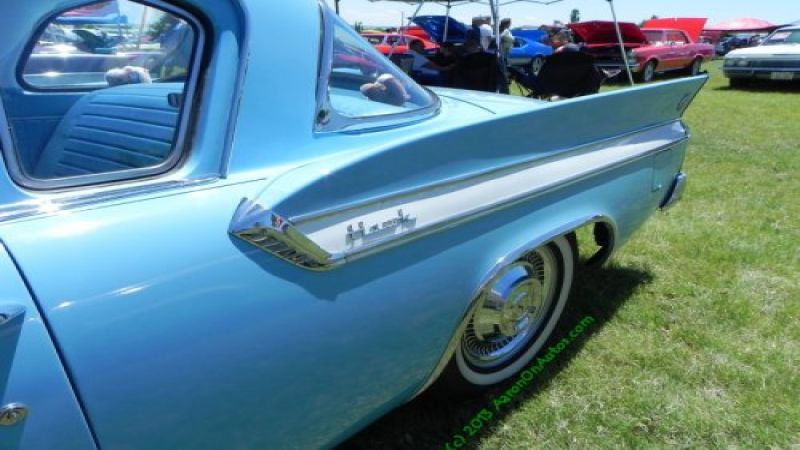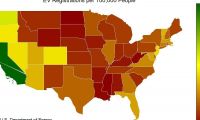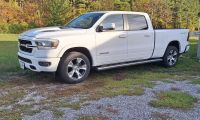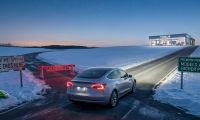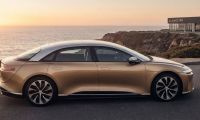Research professor Michael Sivak of the University of Michigan Transportation Research Institute (UMTRI) researched the automotive buyers market of 2011 and found that the peak probability of buying a new vehicle was for those aged 55 to 64. This was a big leap forward from a study four years earlier which found that probability peaked at ages 35 to 44.
For every 14.6 drivers aged 55-64 in 2011, one purchased a new vehicle. In the 65-74 age group, the rate was 14.9 and it was 15.0 for those aged 45-54. In fact, the younger the driver, the less likely they were to buy a new vehicle. The rate of new vehicle purchases for the so-called "millenial" market (ages 18-24) was 221.8, showing that this group is by far the least likely to buy new (or at all) - about eight times less likely to buy than even those over age 75.
In total, about 47 percent of the vehicles purchased in the United States are bought by buyers aged 45 to 64 - 26 percent by 45-54, 23 percent by 55-64. In 2007, the numbers were in favor of the 35-54 age groups.
Sivak explains the reasons for these changes simply: "There were substantial increases from 2007 to 2011 in the number of drivers 55 to 64 years of age and 65 to 74 years of age. This trend likely reflects the aging of the general population, coupled with the increased probability of older persons having a driver’s license." It's also very likely that economics play a prominent role, given that recent reports have shown that most of the disposable income in this country is now held by those nearing or in retirement.
This would make sense, but automakers seem not to have noticed. Marketing trends still aim for the younger 25-35 age groups which, while a large percentage of the market, only make up about a quarter of it.
"The findings suggest that marketing efforts that focus on drivers 55 to 64 years old should have the highest probability of success per driver. The emphasis on this relatively older age group is further supported by the expected continuation of the graying of the population and the consequent continuation of the increase in the number of older licensed drivers."
Now you know why the best-selling vehicle is a Camry and not an Odyssey.
You can read Professor Sivak's study here.

